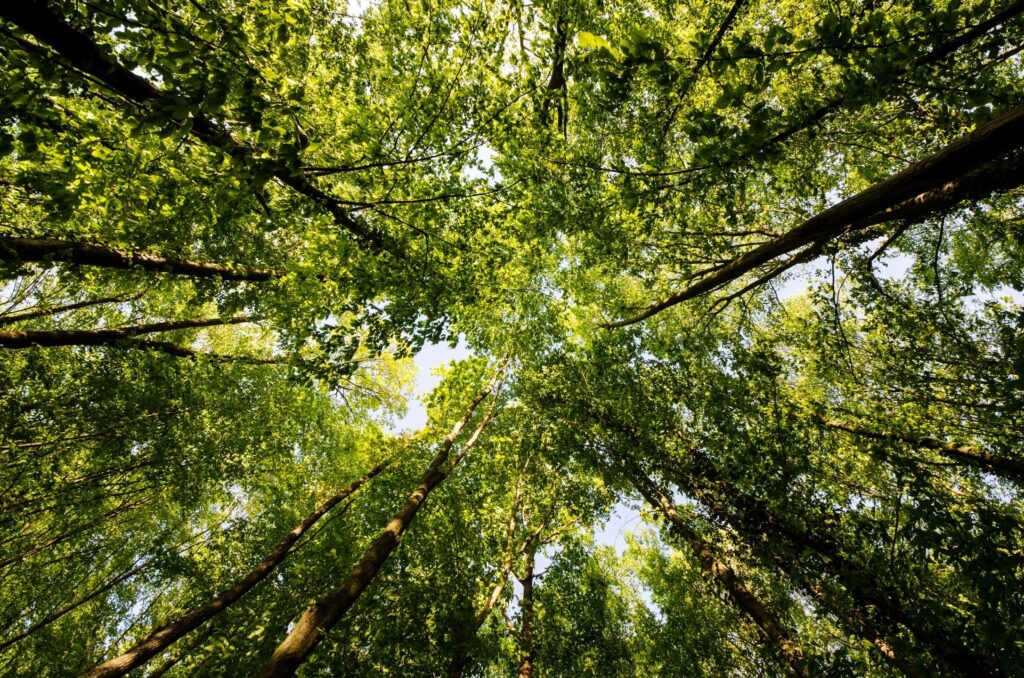
ATLANTA – Despite the publicity surrounding last month’s series of wildfires on Georgia’s St. Catherines Island, the number of forest fires is trending lower across the Peach State.
Last year, Georgia saw 2,444 forest fires burn around 12,500 acres. That’s down from a 10-year-high in 2017, when 6,129 fires burned 71,000 acres.
By way of comparison, during the major wildfires of 2007, about 441,700 acres burned in Georgia, mostly in the Okefenokee National Wildlife Refuge.
“Wildfires in Georgia all depend on the weather,” said Frank Sorrells, chief of forest protection for the Georgia Forestry Commission. “Weather is the deciding factor in how intense a fire is.”
Weather can start fires, as in the June St. Catherines Island fires, when four fires were sparked by lighting on the uninhabited but historically precious Georgia island.
Sorrells helped fight that fire – one of the more unusual of his career spanning more than 40 years.
The St. Catherines operation required airplanes, barges, bulldozers, and a helicopter.
The team used “minimum-impact suppression tactics” while fighting the St. Catherines fires, Sorrells said, to protect the island’s delicate environmental and historical heritage.
“The weather turned to the good,” Sorrells noted, returning to his theme of how weather can change everything. A few days of rainfall helped suppress the fire.
Sorrells’ wildfire team relies on a carefully planned network of 110 firefighting offices across Georgia staffed by about 425 firefighters.
That network has also been key to the state’s success in managing wildfires in Georgia, Sorrells said.
“We strategically have … fire personnel distributed through all parts of the state to be sure we’re within a 45-minute response-time,” said Sorrells, who has been in his current role as chief of forest protection for 10 years.
When firefighters cannot reach a scene within 45 minutes, it’s usually because of difficult terrain like the North Georgia mountains or the Okefenokee Swamp, Sorrells said.
Most fires in Georgia are caused by humans, whether accidentally or intentionally, making outreach and fire prevention education an important part of the firefighter’s job.
“It’s easier to fight a fire that has not started,” Sorrells said. “It doesn’t cost the taxpayers any money.”
About two-thirds of Georgia is forested, with about 23 million to 25 million acres of forested land, 92% of which are privately owned, according to the Georgia Forestry Commission.
Sorrells said fall is a high season for fire in North Georgia as leaves fall off the trees, providing additional potential fuel for fires. He said that season continues until December or early January.
There is another uptick in fires in Georgia in March and April from Macon south, when low humidity and brisk winds make fires more likely.
This story is available through a news partnership with Capitol Beat News Service, a project of the Georgia Press Educational Foundation.
